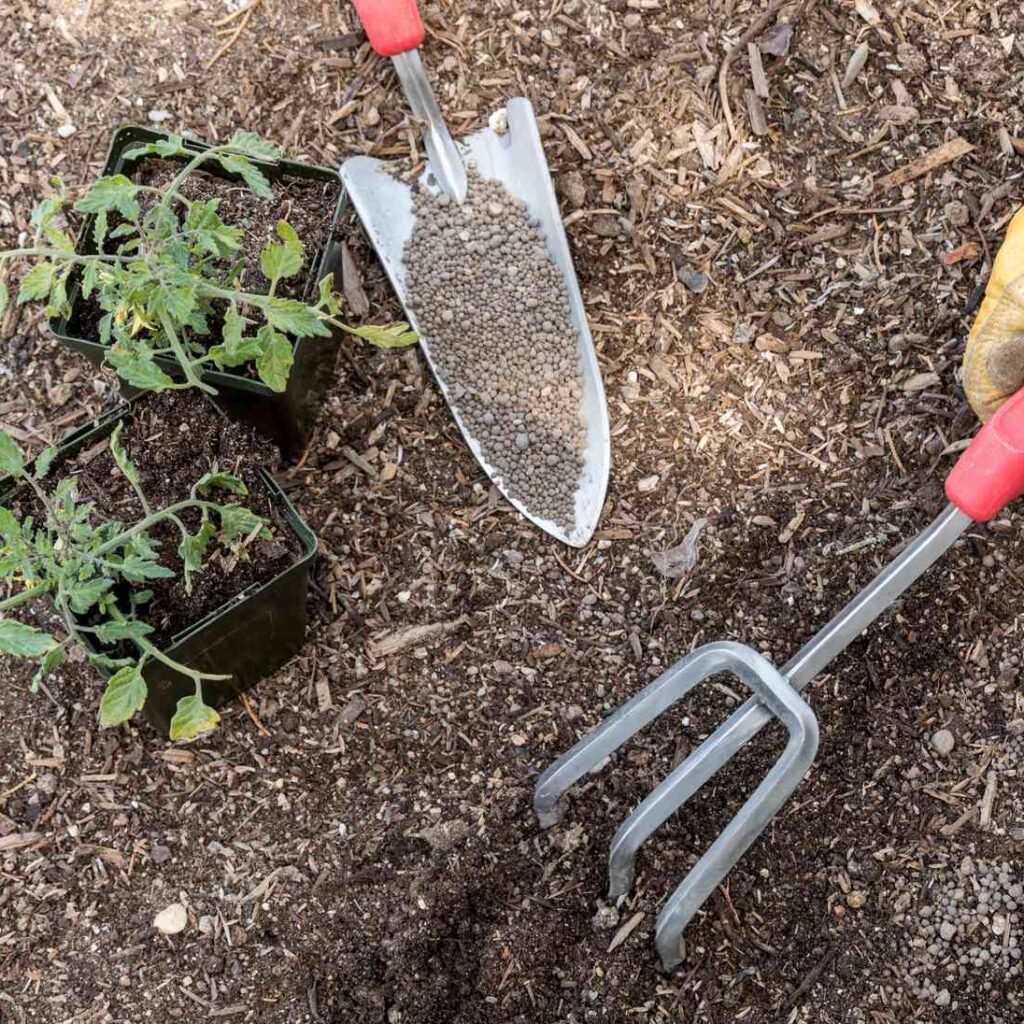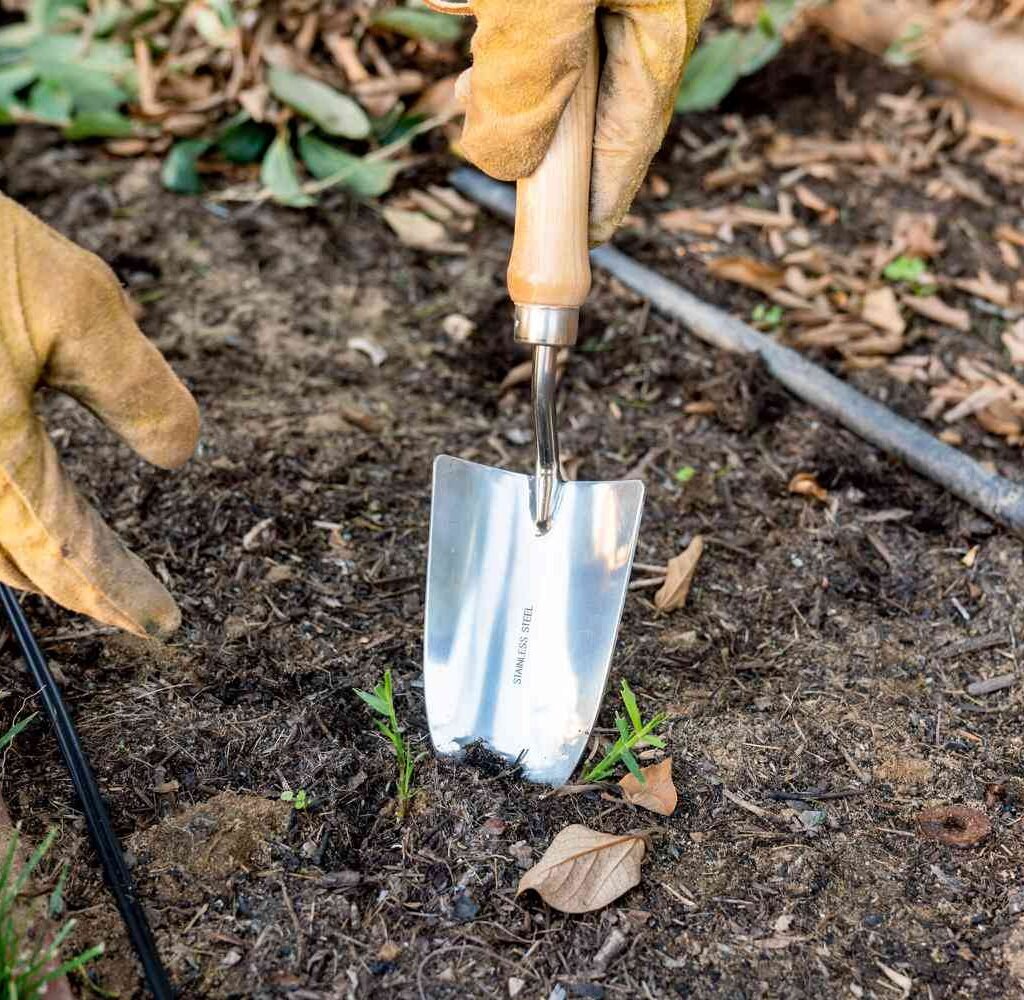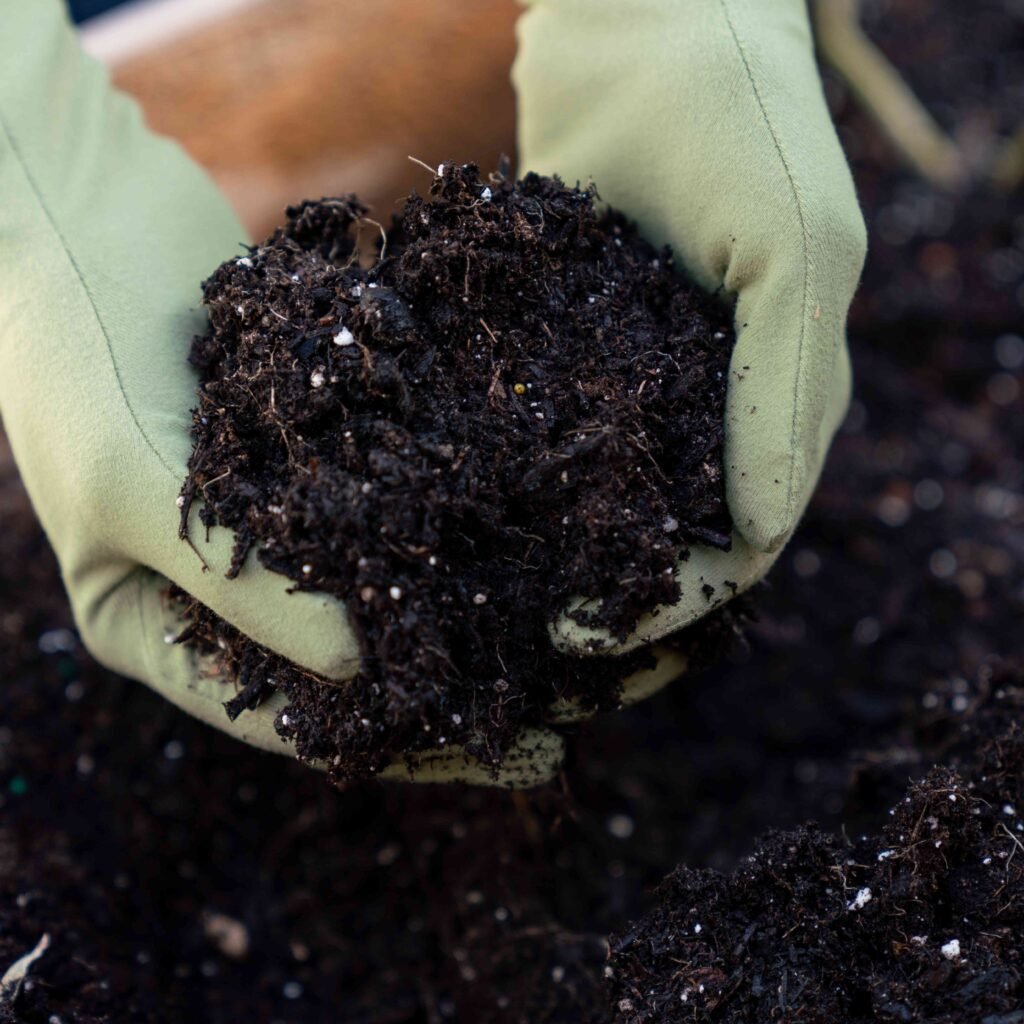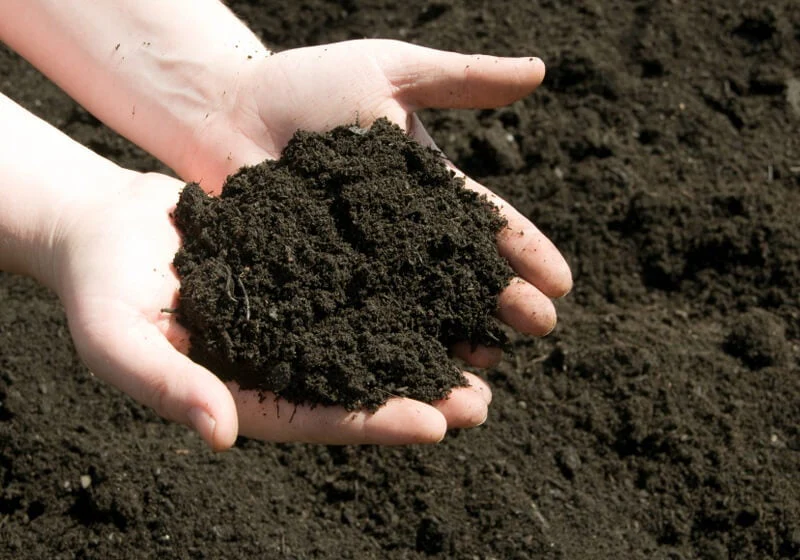Soil is more than just a medium for plants—it’s a complex ecosystem where nutrients, microbes, and water interact to support life. One of the most crucial factors determining plant health is soil pH, a measure of how acidic or alkaline your soil is. A pH imbalance can prevent plants from absorbing nutrients, stunt growth, and make them more susceptible to diseases.
The good news is that balancing soil pH at home is straightforward with a little knowledge, some simple tools, and the right amendments. This article will explain what soil pH is, why it matters, how to test it, and the easiest methods to adjust it safely and effectively.
Understanding Soil pH

Soil pH is a scale from 0 to 14 that measures the concentration of hydrogen ions in the soil:
- Acidic soil: pH below 7.0
- Neutral soil: pH around 7.0
- Alkaline (basic) soil: pH above 7.0
Most garden plants thrive in slightly acidic to neutral soil (pH 6.0–7.0), though some crops, like blueberries and azaleas, prefer more acidic conditions.
Soil pH affects:
- Nutrient availability – Certain nutrients become locked up if the pH is too high or low. For example, iron and manganese are less available in alkaline soils.
- Microbial activity – Beneficial soil microbes flourish in balanced pH, improving organic matter decomposition and nutrient cycling.
- Plant health and yield – Imbalanced pH can stunt growth, reduce flowering, and lower crop productivity.
Signs Your Soil pH May Be Off

You may suspect your soil is out of balance if you notice:
- Yellowing leaves (chlorosis) despite proper fertilization.
- Poor growth or wilting.
- Plants that thrive in one area but fail in another.
- Excessive moss growth (often in acidic soil).
- Soil that feels unusually hard or powdery.
These are indirect signs—testing is the most accurate way to know your soil’s pH.
How to Test Soil pH at Home

Accurate testing is the first step in balancing soil pH. You can test soil easily at home using these methods:
1. DIY Vinegar and Baking Soda Test
- Take two tablespoons of soil in separate containers.
- Add 1 teaspoon of vinegar to one sample. If it fizzes, your soil is alkaline.
- Add water to moisten the second sample, then 1 teaspoon of baking soda. If it fizzes, your soil is acidic.
Note: This is a rough indicator, not precise.
2. pH Test Strips
- Mix soil with distilled water (1:1 ratio).
- Dip a pH strip into the mixture.
- Compare the color to the chart provided.
3. Digital pH Meters
- Insert a calibrated digital pH meter into moist soil.
- Provides precise readings and is reusable.
Once you know your soil pH, you can choose the appropriate amendment to bring it into the optimal range.
Easiest Ways to Adjust Soil pH at Home

Adjusting soil pH is largely about adding natural or commercially available amendments. The method depends on whether your soil is too acidic or too alkaline.
1. Raising Soil pH (Reducing Acidity)
If your soil is too acidic (pH < 6), you can raise it using:
a. Garden Lime (Calcium Carbonate)
- Most common and effective way to raise pH.
- Slowly neutralizes acidity over time.
- Improves soil structure in clay soils.
Application:
- Spread 5–10 pounds per 100 square feet in sandy soil; 10–20 pounds per 100 square feet in clay soil.
- Work into the top 6 inches and water thoroughly.
- Wait a few weeks to test again—lime works gradually.
b. Wood Ash
- Contains potassium and calcium carbonate.
- Works faster than lime but can over-alkalize if overused.
Application:
- Use 1–2 pounds per 100 square feet.
- Mix lightly into the topsoil.
c. Crushed Eggshells
- Provides a slow-release source of calcium.
- Great for small garden beds or potted plants.
Application:
- Rinse, dry, crush, and sprinkle around plants.
- Incorporate lightly into soil for gradual pH adjustment.
2. Lowering Soil pH (Increasing Acidity)

If your soil is too alkaline (pH > 7), you can lower it using:
a. Elemental Sulfur
- Converts to sulfuric acid in soil through microbial action.
- Effective but gradual—can take a few months for full effect.
Application:
- Spread 1–3 pounds per 100 square feet depending on soil type.
- Mix into the top 6 inches of soil and water.
b. Peat Moss
- Naturally acidic and improves organic matter content.
- Ideal for flower beds, vegetable gardens, and acid-loving plants.
Application:
- Incorporate 2–3 inches into soil before planting.
c. Coffee Grounds
- Slightly acidic, especially when used in moderation.
- Adds nutrients like nitrogen while lowering pH slightly.
Application:
- Sprinkle thin layers around plants or mix into compost.
d. Pine Needles or Oak Leaves
- Slowly acidify soil as they decompose.
- Useful for perennial beds and garden mulching.
3. Using Organic Matter to Buffer pH
Adding compost or well-rotted manure doesn’t drastically change pH immediately but buffers soil against extreme swings, keeping it closer to neutral. This also improves water retention, nutrient availability, and microbial activity.
- Apply 2–3 inches annually and mix into the top 6–8 inches of soil.
- Works well with lime or sulfur for more precise pH adjustments.
4. Balancing pH in Containers
Container plants are more sensitive to pH fluctuations. To maintain balanced soil:
- Use pre-mixed potting soil with slightly acidic to neutral pH.
- Adjust gradually with lime or sulfur as needed.
- Monitor pH every few months, as frequent watering can alter soil acidity.
5. Avoid Overcorrecting
Overadjusting soil pH can stress plants just as much as unbalanced soil.
- Make gradual changes, testing soil every 4–6 weeks.
- Apply amendments in smaller doses rather than one large application.
- Focus on long-term improvement through compost and organic matter.
Common Mistakes to Avoid
- Skipping soil testing: Guessing pH often leads to over- or under-application of amendments.
- Using chemical solutions excessively: Fast-acting products may damage roots or beneficial microbes.
- Ignoring soil type: Sandy soils require less amendment than clay soils for the same pH change.
- Neglecting long-term maintenance: pH can shift over time; regular monitoring is essential.
Long-Term Benefits of Balanced Soil pH
Maintaining optimal soil pH yields numerous advantages:
- Better nutrient uptake: Plants access nitrogen, phosphorus, potassium, and micronutrients efficiently.
- Healthier root systems: Roots grow deeper and stronger in balanced soil.
- Increased resilience: Plants resist pests, diseases, and drought more effectively.
- Higher yields and flowering: Vegetables, fruits, and flowers thrive when pH is optimal.
- Improved soil biology: Microbes and earthworms flourish, enhancing soil fertility naturally.
Final Thoughts
Balancing soil pH at home is simple, safe, and highly effective when approached methodically. Start with testing to know your soil’s condition, then use natural or commercial amendments to bring it into the ideal range. Gradual adjustments, combined with regular additions of organic matter and mulching, ensure healthy, resilient plants and a thriving garden ecosystem.
Remember: soil is a living system. By maintaining balanced pH, you’re not just correcting chemistry—you’re nurturing an environment where roots can flourish, nutrients are accessible, and your garden performs at its best year after year.
